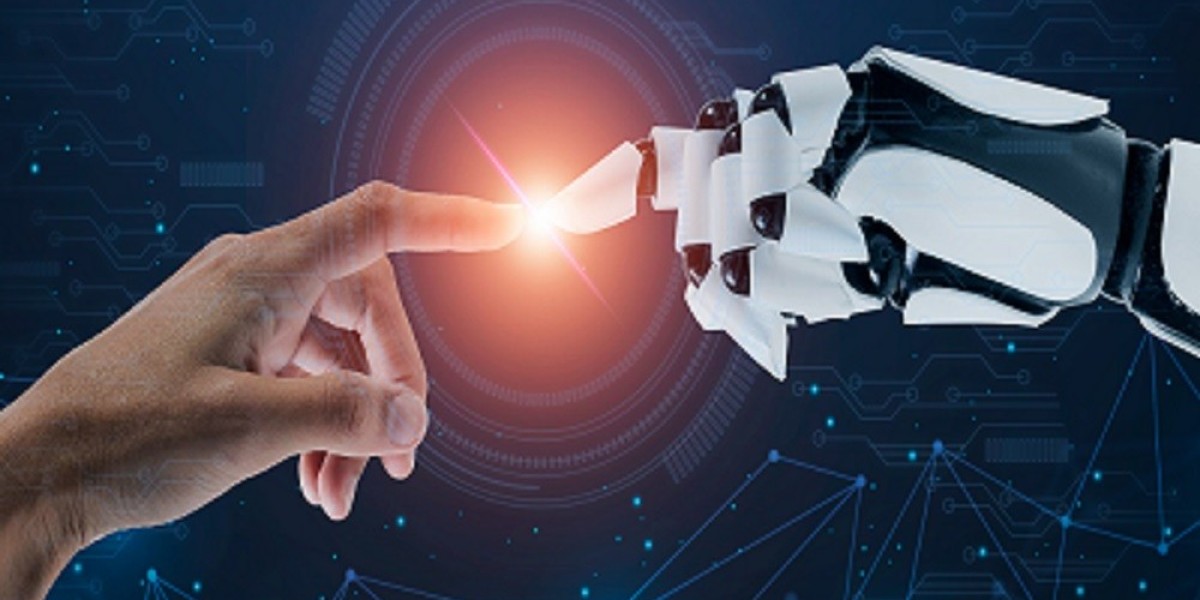Decoding the Tapestry of Artificial Intelligence
In our ever-evolving digital landscape, artificial intelligence (AI) stands as both a marvel and a mystery. But behind the algorithms and the buzzwords lies a rich tapestry of diversity, where AI isn't just about machines—it's about enhancing human experiences, solving real-world problems, and shaping the future of technology. Join us on a journey to explore the different types of AI, from the narrow realms of specialized tasks to the lofty aspirations of creating machines that think and feel like us.
1. Narrow AI: Where Specialization Meets Purpose
A Helping Hand in Everyday Tasks
Imagine having a virtual assistant by your side, ready to lend a hand whenever you need it. From setting reminders to answering questions and even cracking jokes, narrow AI systems like Siri and Alexa are here to make our lives a little easier and a lot more enjoyable.
Tailoring Recommendations Just for You
Ever wondered how streaming platforms seem to know exactly what you want to watch or listen to next? That's the magic of narrow AI at work, analyzing your preferences and habits to serve up personalized recommendations that keep you entertained for hours on end.
2. General AI: A Dream of Human-Like Intelligence
The Quest for True Understanding
While narrow AI excels at specific tasks, the dream of general AI—or AGI—haunts the imaginations of scientists and storytellers alike. With the ability to learn, reason, and adapt across a wide range of domains, AGI holds the promise of unlocking new frontiers in human-machine interaction.
Exploring the Boundaries of Consciousness
In the realm of AGI, questions of consciousness and self-awareness come to the forefront. Could we one day create machines that not only think but also feel and experience the world around them? It's a tantalizing possibility that sparks debate and speculation among philosophers and futurists.
3. Machine Learning: Unleashing the Power of Data
Learning from Experience
Machine learning is the engine driving many of today's most innovative AI applications. By analyzing vast amounts of data, ML algorithms can uncover patterns, make predictions, and even learn from their mistakes—a process that mirrors the way humans learn and adapt to new information.
From Speech Recognition to Image Analysis
Whether it's recognizing speech, identifying objects in images, or predicting stock prices, machine learning algorithms are everywhere you look. Their ability to sift through mountains of data and extract meaningful insights is transforming industries and revolutionizing the way we work and live.
4. Deep Learning: Unraveling the Mysteries of Neural Networks
Mimicking the Human Brain
At the heart of deep learning lies the neural network, a computational model inspired by the structure and function of the human brain. By stacking layers of interconnected neurons, deep learning algorithms can process complex data and extract hierarchical representations—a feat that was once thought to be the exclusive domain of human intelligence.
Opening Doors to New Possibilities
From powering autonomous vehicles to diagnosing diseases from medical images, deep learning is driving some of the most groundbreaking advancements in AI today. Its ability to sift through massive datasets and uncover hidden patterns is unlocking new possibilities and reshaping the way we approach challenges in fields ranging from healthcare to finance to entertainment.
5. Symbolic AI: Where Logic Meets Reasoning
Embracing the Power of Logic
While much of today's AI is driven by data and statistics, symbolic AI takes a different approach, relying on explicit rules and logical reasoning to solve problems. Though less prevalent in modern AI research, symbolic AI still holds promise in domains like expert systems and natural language processing, where logical reasoning is paramount.
Bringing Human-Like Intelligence to Machines
In the realm of symbolic AI, the goal isn't just to mimic human behavior—it's to understand it. By encoding knowledge and rules into symbolic representations, AI systems can reason, infer, and make decisions in ways that are reminiscent of human thought processes, offering a glimpse into the future of human-machine collaboration.
Conclusion: Embracing the Humanity of Artificial Intelligence
In conclusion, the world of artificial intelligence is as diverse and multifaceted as the humans who create and interact with it. From narrow AI systems that assist us in our daily lives to the lofty aspirations of general AI, AI research and development are pushing the boundaries of what is possible and challenging our understanding of what it means to be human. As we continue to explore the depths of AI's potential, let us never forget the humanity at its core—the desire to understand, to learn, and to create a better future for all.



